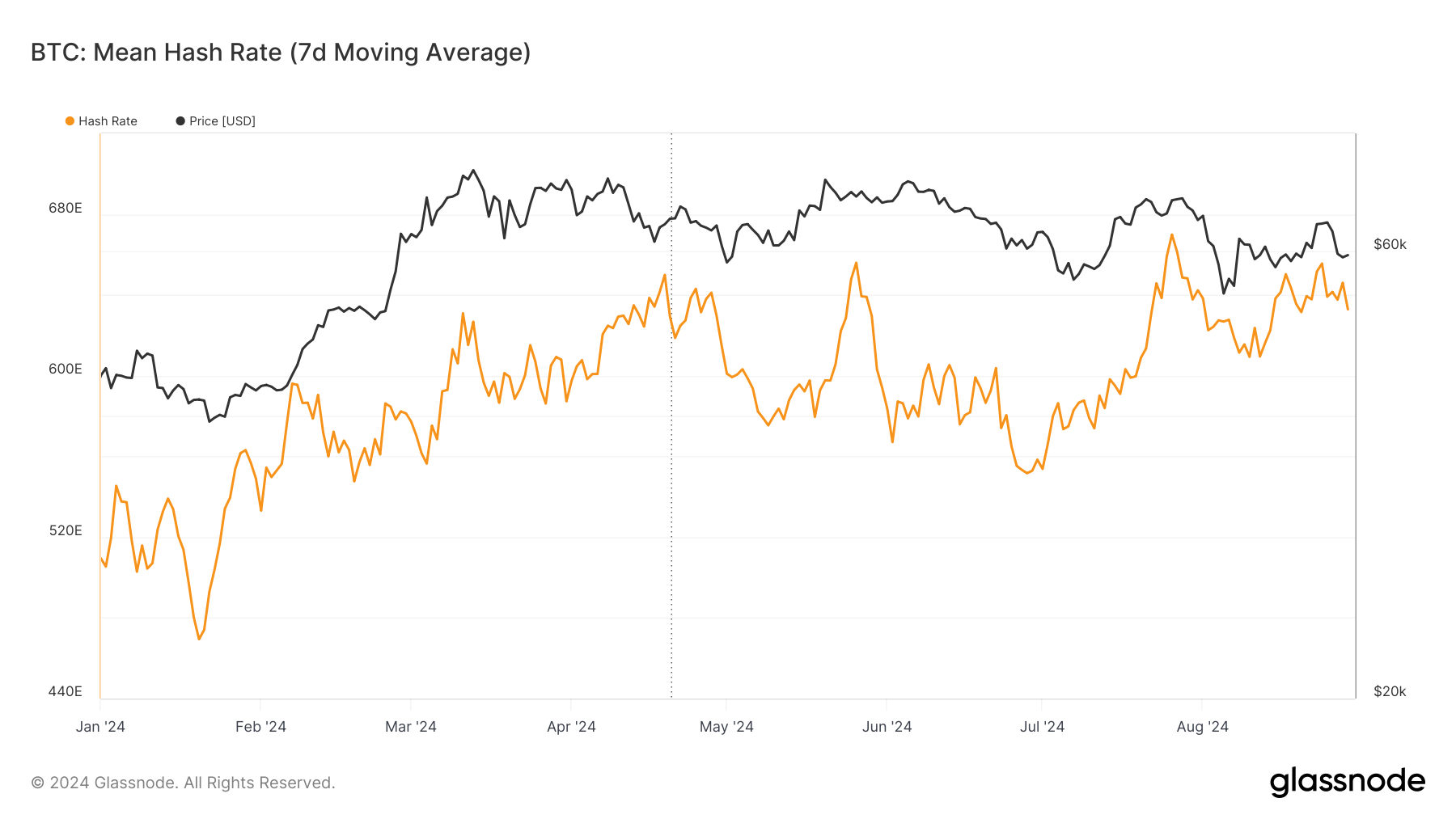This post originally appeared on ZeMing M. Gao’s website, and we republished with permission from the author. Read the full piece here.
The Digital Dollar Project recently published its Whitepaper 2.0.
This report is good in clearly realizing that the U.S. CBDC is not going to be a new kind of money, but just a new kind of currency. Money is value agreement, while currency is value transmission technology.
It is also good in making the distinction between a ‘bearer instrument’ and ‘account-based credit money.’
I realize this may be a different level of investigation not covered in this report, but the choice of a blockchain and ledger system is going to be critical.
In this regard, the distinction between ‘UTXO-based blockchain’ and ‘account-based blockchain’ needs to be explored thoroughly. The former is not only suited to enable a CBDC that is a bearer instrument, but also the necessary architectural choice to ensure horizontal scalability, which is of critical long-term importance, especially because the U.S. CBDC should aim to integrate with the future global Internet of Value.
More fundamentally, the U.S. would benefit from a far foresight of building its CBDC at the low TCP/IP level along with IPv6 directly integrating with the original Bitcoin blockchain protocol (not BTC, which has severely distorted from the original to become a speculative asset and nothing more).
This is not advocating using bitcoin as CBDC, but to build CBDC on a public blockchain that has the following qualities:
- scalable (with unbounded of scalability);
- extremely low cost per transaction (lower than 1/100 a cent);
- fully auditable;
- high level of privacy with pseudonymity but not complete anonymity;
- integrated at the low TCP/IP level in the new Internet architecture.
This is where the U.S. can take leadership and once again become competitive as it did in leading the Internet revolution. In comparison, China’s version of CBDC has already been limited by its necessary choice of a centralized, localized and nontransparent platform, bound to be less compatible with the future global IoV system. This is because interoperability for such a currency system would at a minimum require bridges, and these bridges have proven to be highly vulnerable with week cybersecurity, high transaction costs and high counterparty risks.
For example, nearly all major crypto hacks were enabled by interchain solutions.
And China’s choice of blockchain architecture for its CBDC has already pre-excluded the possibility of integrating with a universal public blockchain not requiring interchain bridges.
On the other hand, I am not optimistic that the U.S. will find the right path for its CBDC before it has committed itself to a wrong path.
To learn more about central bank digital currencies and some of the design decisions that need to be considered when creating and launching it, read nChain’s CBDC playbook.
Watch: CBDCs and BSV
width=”562″ height=”315″ frameborder=”0″ allowfullscreen=”allowfullscreen”>
New to Bitcoin? Check out CoinGeek’s Bitcoin for Beginners section, the ultimate resource guide to learn more about Bitcoin—as originally envisioned by Satoshi Nakamoto—and blockchain.



